Discharge of the Raaksmaatsboezem
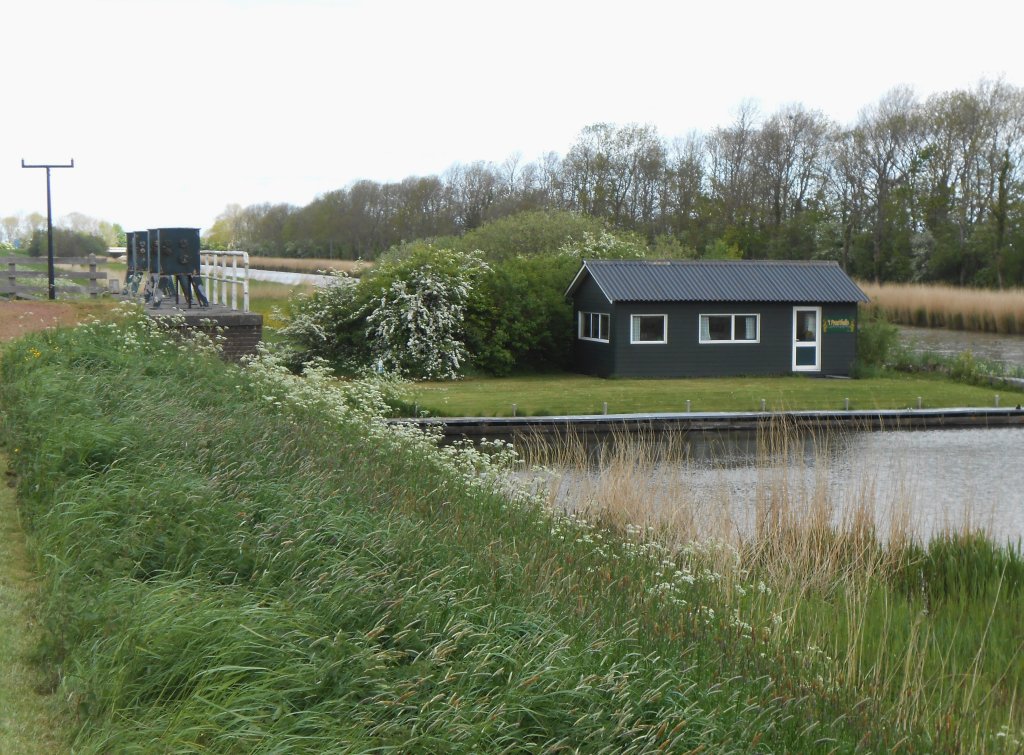
At the end of the little dike De Rietput we find a monumental lock from 1883. The road is private property. The residents keep the entrance clear as much as possible during the day, but on Sundays the gate is closed.
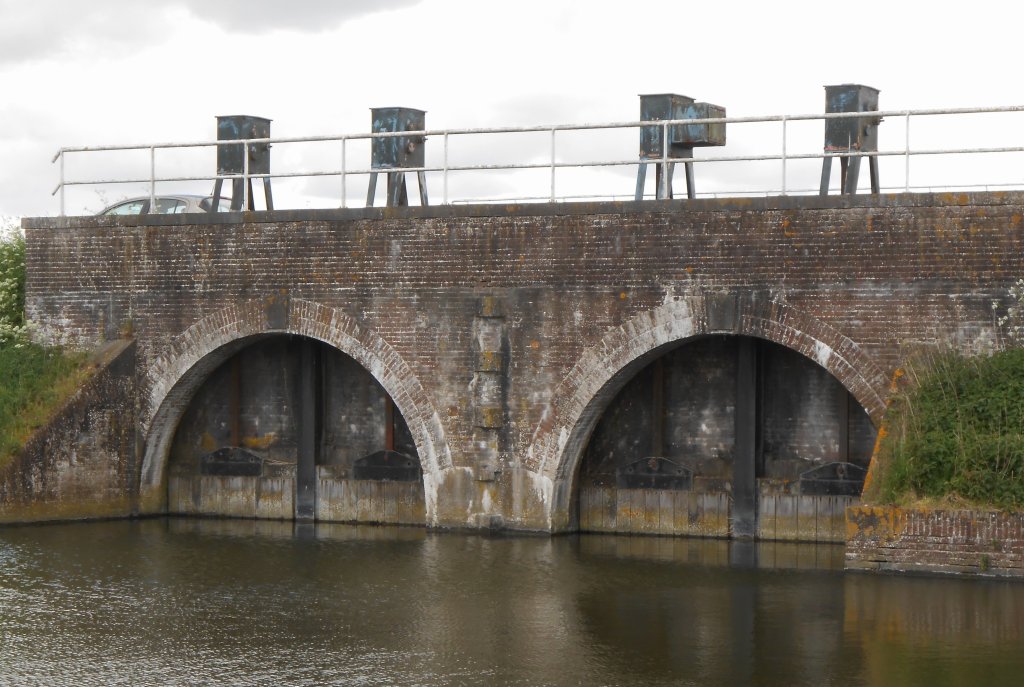
The lock was built by the former water board the Geestmerambacht and served to drain the water system the Raaksmaatsboezem. Raaksmaat means as much as the measure of a raaks, a chain used to take land measurements. The lock allowed excess water to flow into the sea.
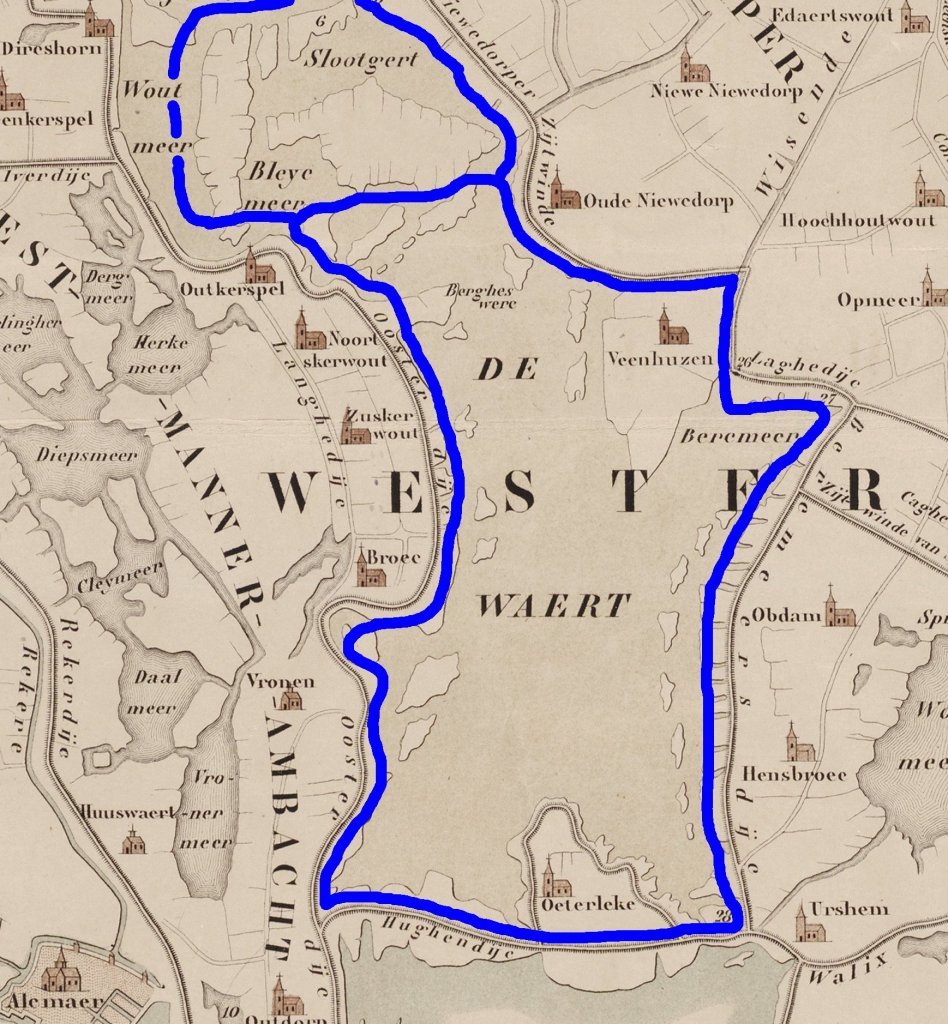
By a (main) water system or basin we mean a network of large ditches, canals or lakes into which polders drain water. The Raaksmaatsboezem originally consisted of a number of lakes, of which the Heerhugowaard (Waert on the Map) is the best known. For centuries, the lakes were the discharge point for surrounding polders. After 1600, however, they were all reclaimed as part of land reclamation. Thus the Raaksmaatsboezem changed into a system of ring ditches (dark blue). Naturally, much less water could be drained into them.
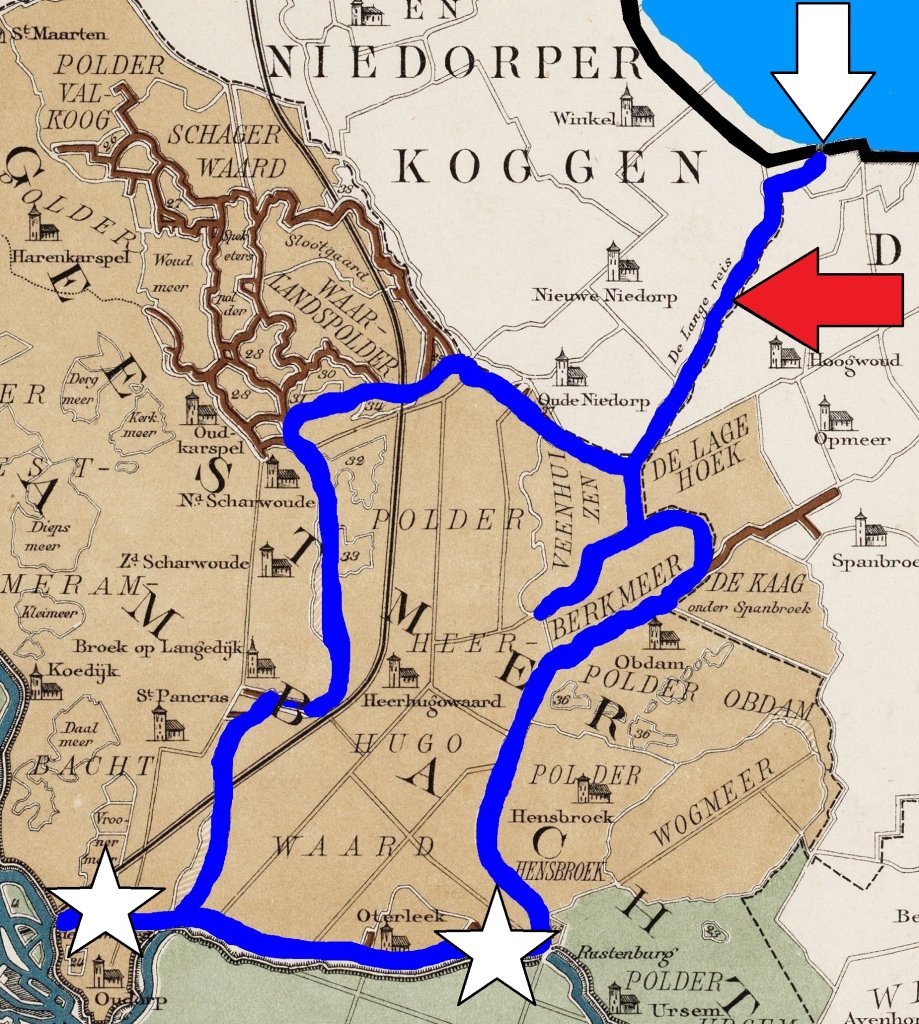
The pressure was great because not only the old polders, but also the new polders depended on the ring ditches for their drainage. To control their level, there had to be drainage ditches. Let us take the ring ditch of the Heerhugowaard and the Berkmeer as an example: at Oudorp and Rustenburg there are mills that milled water from the ring ditch (stars on the Map). To the north, the water could (and can) drain directly through the canal the Langereis (red arrow). This runs up to the Omringdijk. Via two locks in the dike, water was drained at low tide (white arrow).
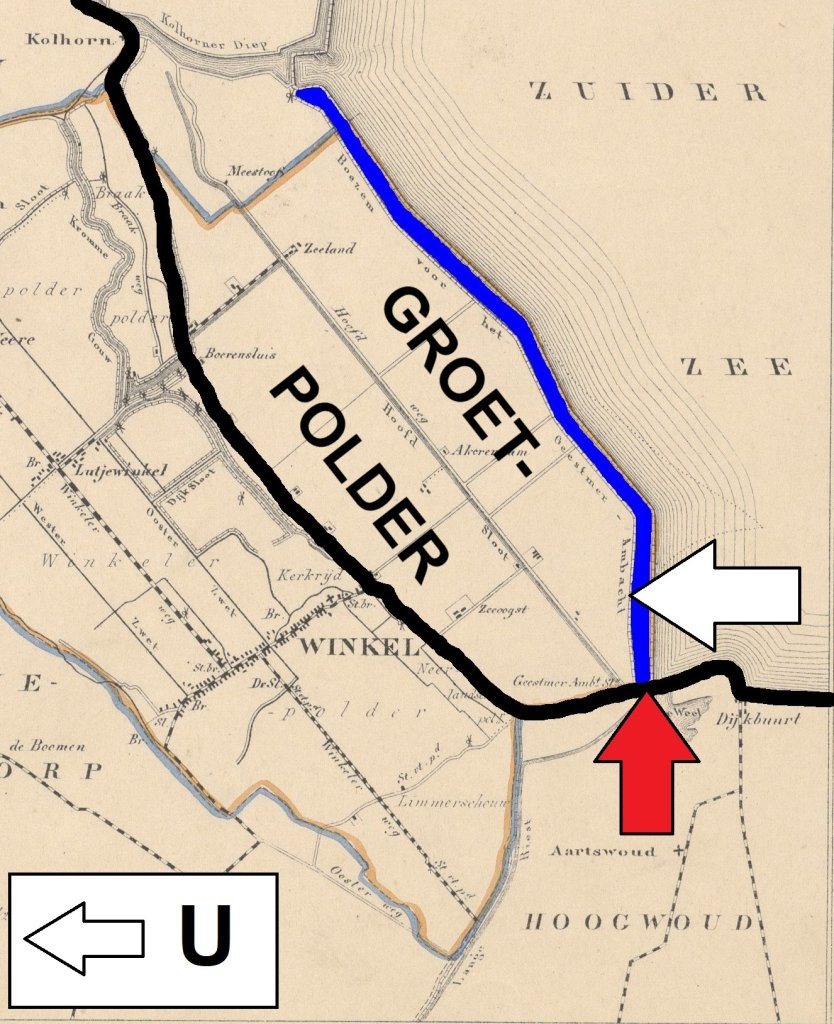
Between 1844 and 1847, the Groetpolder was founded. As a result, the Omringdijk (black line on the Map) and thus the locks (red arrow) were no longer on the sea. Waterschap het Geestmerambacht therefore negotiated a drainage canal. This ran from the locks along the entire length of the new polder to Kolhorn (blue). There the water could still be drained into the sea. For the embankers of the Groet, such a long canal was a financial disappointment. It took up valuable space and required maintenance.

Why did the Geestmerambacht want such a long canal? To have a nice water storage for periods when draining at sea was difficult. In 1883 the water board revised its opinion: the water of the Raaksmaatsboezem could best be drained closer. And so four hundred meters north of the Omringdijk in the dike of the Groetpolder this brick lock was built. The canal was filled in. Only between the Omringdijk and the new lock remained a drainage, of course.

In 1894, the Geestmerambacht had a steam pumping station erected near the old locks in the Omringdijk (arrow on photo). It operated until 1960 and was demolished in 1970. Steam power made it possible to speed up the drainage of the Raaksmaatsboezem. This was an important improvement, because the level in the ring ditches and canals was often so high that the polders could not drain water into them. This caused flooding.
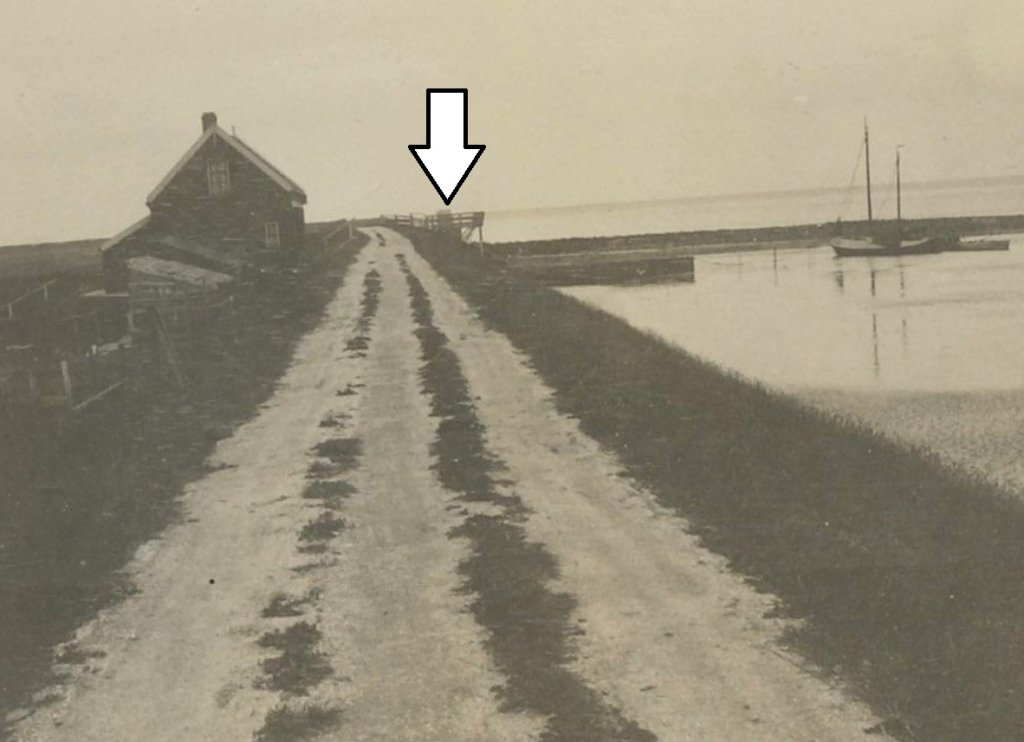
The 19th-century lock (arrow in the photo) is still in function, but the water no longer flows directly to the sea. When the Wieringermeer was drained in 1930, another solution had to be found for the drainage of the Raaksmaatsboezem: the Waard and Groet Canal, which flows into the Amstel Lake.